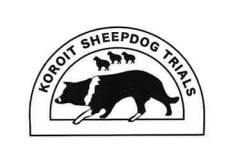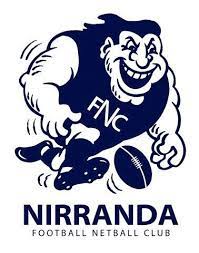Recently, there’s been one mastitis pathogen that’s been bugging farmers more than normal. Frustrated by higher than normal clinical case rates and/or bulk milk cell counts, in-house cultures have found Strep dysgalactiae to be one of the pathogens involved (we’ll call it Strep dys as it’s much easier to say!)
Where does Strep dys come from?
When talking about mastitis pathogens we refer to them as cow-associated (spread at milking time through infected milk) and environmental (where infections occur between milking times from mud/faeces). While many references class Strep dys as both an environmental- and a cow-associated bacteria, to us it seems to act more as a cow-associated bacteria, similar to Strep ag and Staph aureus. In fact we routinely find Strep dys as a mixed infection with Staph aureus (see photo below). While Strep dys should respond to most intramammary antibiotic treatments, it does have some tricks up it’s sleeve that help it to survive in the udder. Strep dys:
- Can produce several enzymes that can damage the tissue of the udder and aid its survival. It likes to live in cracks and chafes in the skin.
- Produces proteins that stop the cells of the immune system from being able to catch and destroy it.
- Is inherently resistant to tetracyclines, so a discussion with a veterinarian about treatment choices is needed.

The importance of a healthy teat canal
The teat canal is an amazing little piece of anatomy. These four 1cm lengths of specialised tissue protect the cow’s udder and the thousands of litres of milk it produces each year from infection. The defences of the teat canal include:
- A layer of keratin that sloughs off to fill the teat canal, forming both a barrier and a sticky net. Bacteria that enter the teat canal in between milking times are caught in the keratin. Both the keratin and the entrapped bacteria are removed during the normal milking process. Good pulsation during milking is important to keep the keratin layer healthy.
- White blood cells at the top of the teat canal monitor for bacteria and call for help if any are detected. Metabolic diseases such as ketosis and milk fever will impair these immune cell’s function.
- The tissue of the teats is filled with collagen, blood vessels and smooth muscles: these muscles squeeze close after milking time and, along with the keratin layer that sticks together, help keep bacteria out. Again, good pulsation – as well as minimal overmilking – will help keep these smooth muscles healthy.
If the teat ends are unhealthy, damaged or overloaded with bacteria, the teat canal won’t do as good a job at keeping bacteria out. In these farms with Strep dys, on further examination and discussion, teat end lesions and/or poor teat skin condition have been identified in the herd.

Key points for prevention of Strep dys mastitis?
To help prevent new infections with Strep dys, we want the skin and tissue of the teats to be as healthy as possible. We also want there to be minimal contamination from infected milk:
- Ensure regular maintenance of milking machines, pulsators and liners for optimum teat health. At a milking visit we are able to assess the vacuum levels at the teat end, monitor teat end condition and look for delayed letdown and overmilking.
- Reduce the time where cups are on with minimal milk flow: check ACR take-off settings and minimise overmilking if cup removal is manual.
- Ensure good teat spray and emollient coverage post-milking: it needs to go everywhere that’s been touched by the liner. In wet and muddy conditions, it may be that there’s too much mud between the teat spray and the skin to allow sufficient contact. In these situations, washing and drying teats prior to milking will be useful.
- Milk clinical cases in a separate herd to reduce spread via teat cups.
If you have any questions about milk quality in your herd, please call and talk to one of our veterinarians






























